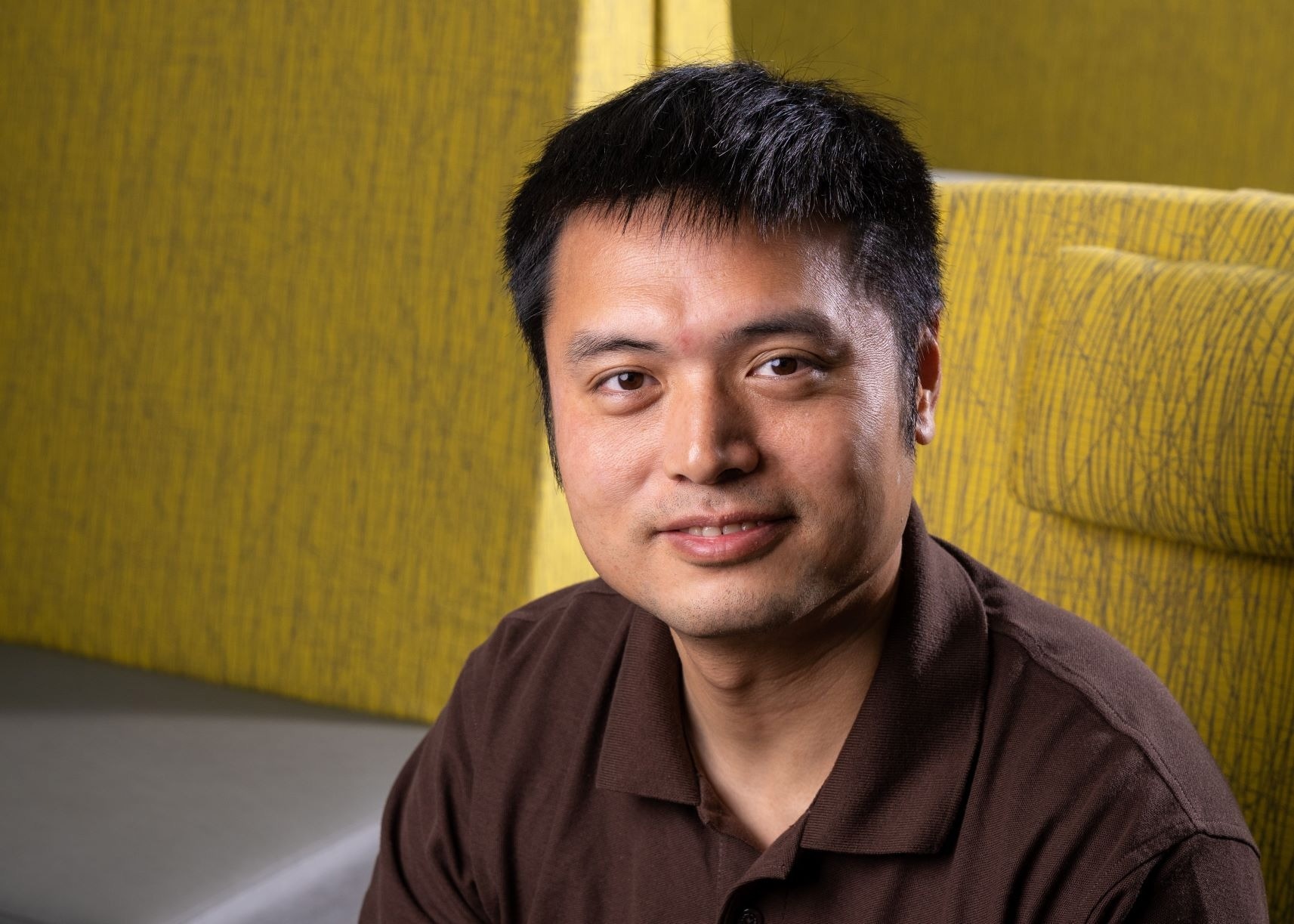Quantum computing could provide the capacity to solve problems in days in fields like finance, mathematics, and biological systems, which are too complicated that it would take hundreds of years for a classical computer to calculate.
 2022 NSF CAREER award recipient Xiu Yang is an assistant professor in the Department of Industrial and Systems Engineering at Lehigh University. Yang's focus is quantum computing algorithms for scientific computing. Image Credit: Ryan Hulvat/Meris
2022 NSF CAREER award recipient Xiu Yang is an assistant professor in the Department of Industrial and Systems Engineering at Lehigh University. Yang's focus is quantum computing algorithms for scientific computing. Image Credit: Ryan Hulvat/Meris
However, there is still a long way ahead for this, and noise is a big reason for it.
The key barrier for quantum computing is noise in the device, which is a hardware issue that causes errors in computing. My research is on the algorithm level. And my goal is, given that noise in the device, what can we do about it when implementing quantum algorithms?
Xiu Yang, Assistant Professor, Industrial and Systems Engineering, P.C. Rossin College of Engineering and Applied Science, Lehigh University
Recently, Yang earned funds from the National Science Foundation’s Faculty Early Career Development (CAREER) program—a $400,000 grant for five years—for his suggestion to build methods for modeling the error propagation in quantum computing algorithms and filtering the consequential noise in the results.
The esteemed NSF CAREER award is awarded to junior faculty members every year across the US who epitomize the role of teacher-scholars via exceptional research, outstanding education, and the incorporation of those two pursuits.
Yang will use advanced mathematical and statistical methods to measure the uncertainty caused by the noise of the device in quantum computing algorithms. His research can help push quantum computing toward practical implementation in many areas, like portfolio optimization, drug development, and data encryption, where the technology is perceived as a possible game-changer.
Xiu Yang says, “People in the math and statistics community are now getting interested in quantum computing. They realize this is a very important area, and we can make a contribution.”
My first goal is to model noise accumulation. So for example, if I run a so-called iterative algorithm, the noise or the error from the device will accumulate through each iteration. It’s possible that for some algorithms, the error will be so large that the outcome of the algorithm is useless. But in other cases, it may not be that significant.
Xiu Yang, Assistant Professor, Industrial and Systems Engineering, P.C. Rossin College of Engineering and Applied Science, Lehigh University
The noise affecting the result could be filtered out in such cases.
“So I first need to see how the error propagates, and then, if I know how much it contaminated the outcome, I can determine if the results are useless, or if the noise can be filtered out to get the desired outcome,” he states.
To that end, several types of algorithms will be examined by Yang to find how they are impacted, and whether the redesigning is required or a filter needs to be developed instead.
“Basically, I’m analyzing the suitability of quantum algorithms on quantum computers. So this is a quantum numerical analysis from a probabilistic perspective,” he adds.
The final objective is to allow quantum computing to attain its promise of unmatched speed for answering highly complex problems, such as those physical and chemical systems with interactions among millions of molecules.
Let’s say a pharmaceutical company wants to design a new drug or vaccine. They need to understand the interaction between all those particles. If I were to use a classical computer, that process would be very slow. But with a quantum computer, it would be very, very fast.
Xiu Yang, Assistant Professor, Industrial and Systems Engineering, P.C. Rossin College of Engineering and Applied Science, Lehigh University
Yang states that the award not only benefits his field in getting a step nearer to that reality but also showcases an acknowledgment outside his research community that the potential of quantum computing is investment-worthy.
“This award is from both the NSF’s Division of Computing and Communication Foundations and its Division of Mathematical Sciences. Which means that people in the math and statistics community are now getting interested in quantum computing. They realize this is a very important area, and we can make a contribution,” he concludes.